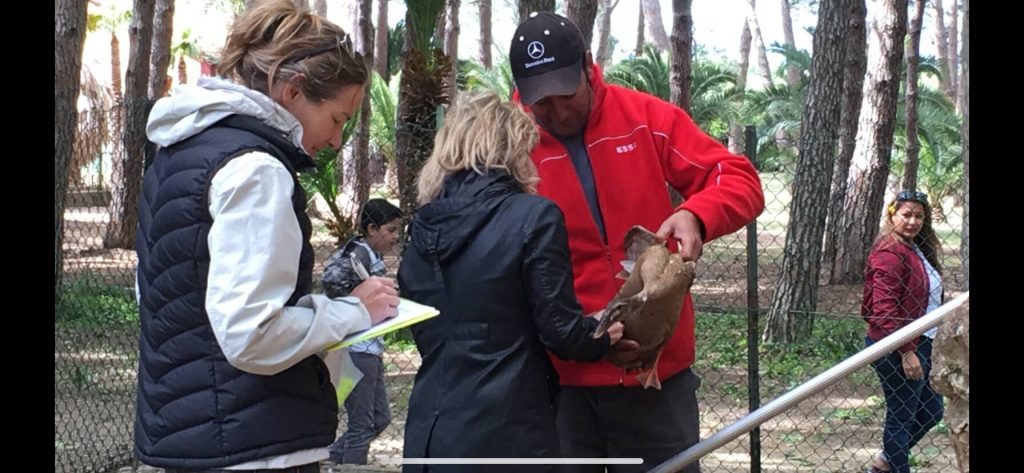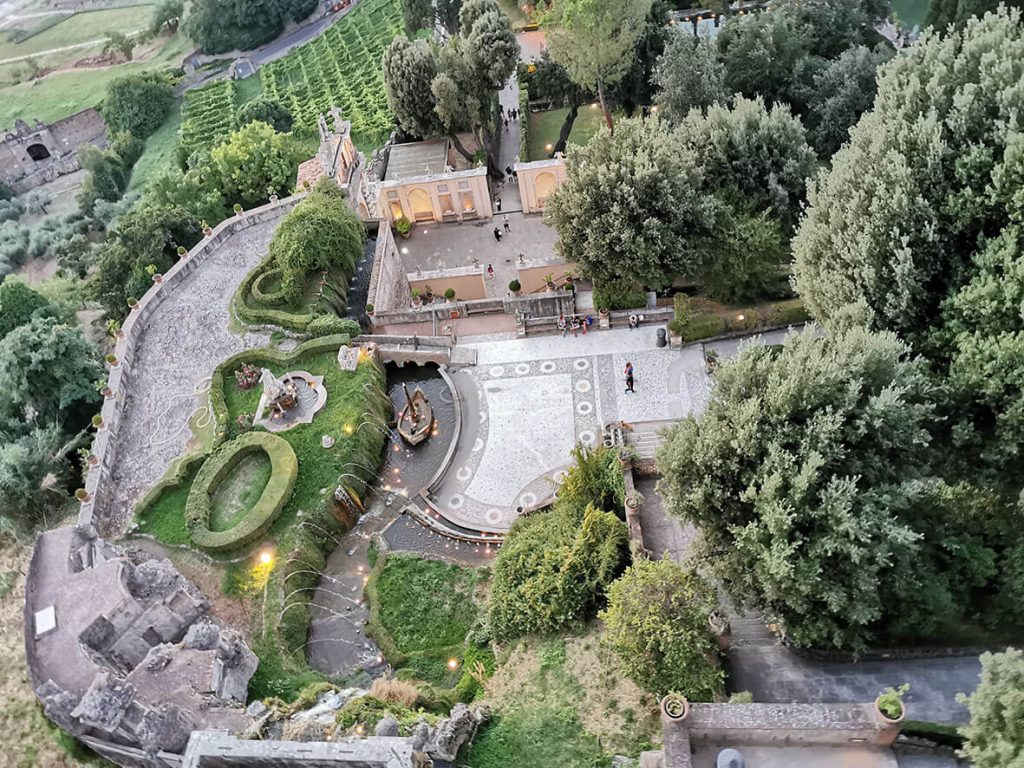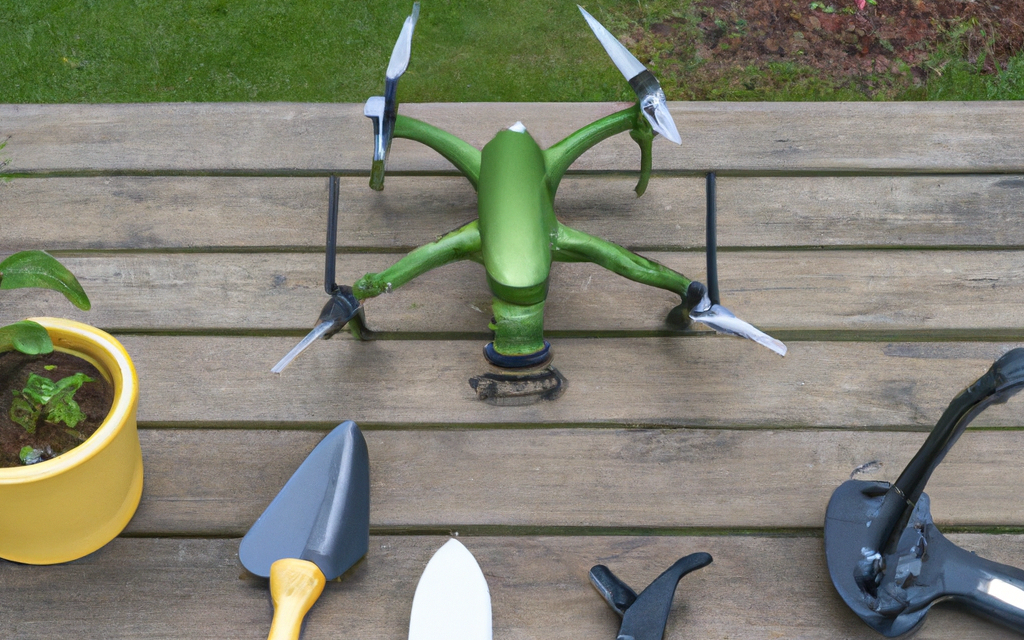Drone technology is evolving very fast and the imagery and data they capture can be used across multiple applications including monitoring, presentation, surveying, mapping, and recording the state of the art of cultural heritage. Historical gardens are part of the green heritage that is our history related to plants, botanical species, and plant environment.
Nowadays, their preservation and management are particularly complex due to the need for knowledge and low management investments, exacerbated by climate change and exotic diseases. To ensure the historic gardens’ sustainability, it is essential to identify sustainable approaches combining new technology with traditional knowledge.
Preservation of Historic Gardens

Historic gardens play a crucial role in our cultural and natural heritage, providing insights into the design principles, horticultural practices, and social contexts of past eras. However, preserving these gardens poses a range of complex and challenging issues. One of the main challenges is the aging and deterioration of structures, hardscaping, and plant materials due to wear and tear. Invasive species also threaten historic gardens, damaging the ecosystem and structures. Climate change affects plant growth and survival, leading to changes in garden composition and appearance, and also increases the risk of natural disasters. Many historic gardens suffer from a lack of funding and resources, while visitor impact can cause damage to delicate plant materials and structures. Effective management and maintenance are essential to ensure that historic gardens are preserved and accessible to the public. Addressing these challenges requires interdisciplinary expertise in horticulture, history, architecture, and other fields. With a holistic approach, we can ensure that these important cultural and natural resources are preserved for future generations.
Using Drones to Preserve Historic Gardens
Historic gardens provide valuable insights into the design principles, horticultural practices, and social contexts of past eras. However, their preservation is a complex and challenging task that requires ongoing effort and resources to address a range of problems and challenges. Drones have emerged as a promising tool for addressing some of these challenges, offering a range of capabilities for monitoring, mapping, and managing historic gardens. Drones can be used to monitor plant health, create high-resolution maps and models of the garden, survey and monitor historic structures, and monitor visitor impact on the garden. By leveraging these capabilities, garden managers and preservationists can better understand and manage these important cultural and natural resources, ensuring that they are preserved and enjoyed by generations to come.

One of the key ways in which drones can be used to preserve historic gardens is by monitoring plant health. By equipping drones with sensors and cameras capable of detecting subtle changes in plant health, drones can provide valuable insights into potential problems and issues, such as pest infestations, nutrient deficiencies, and water stress. This information can be used to develop targeted management plans and interventions, helping to preserve the health and vitality of historic garden plantings. In addition, drones can be used to create high-resolution maps and models of the garden, offering new insights into its design and structure. These models can be used to better understand the historic garden’s layout and identify potential areas of concern or need for restoration work. Additionally, drones can be used to create virtual tours of the garden, allowing visitors to explore and learn about the garden from a new perspective.

